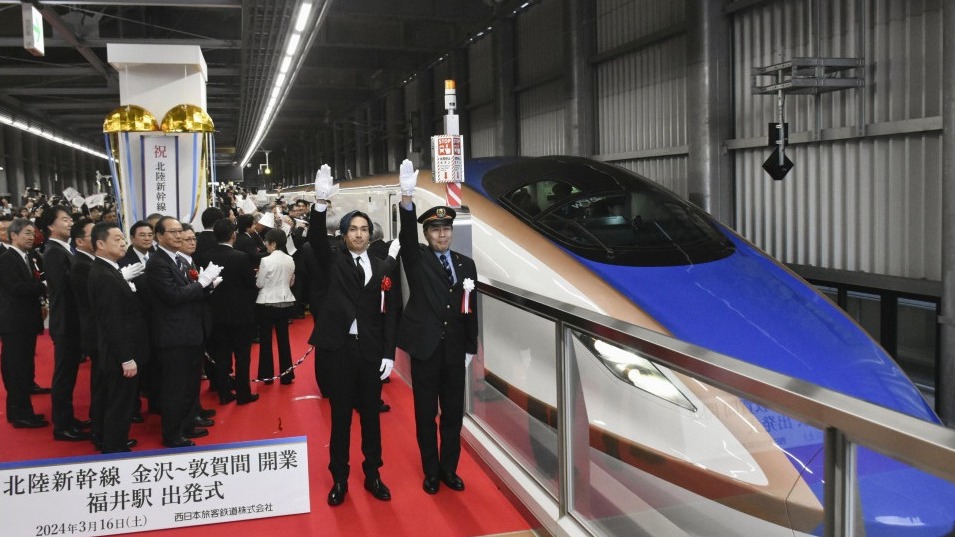Cutting Travel Times Along Key Routes
On March 16, 2024, the new line that connects Kanazawa and Fukui has it’s first send off. This line now makes it possible to travel from Tokyo to Fukui Prefecture in under three hours. Travel times from Osaka, Kyoto, and Nagoya to Fukui and Kanazawa have also been shortened by 15 to 20 minutes, making regional travel faster and more efficient.
This is only the beginning of Japan’s high-speed rail expansion. The Hokuriku Shinkansen line will further extend to Shin-Osaka, with completion targeted for 2046, bringing even faster and more direct routes to travelers.
An Infrastructure Marvel
Construction of the current extension began in 2019, with a remarkable completion timeline of just four years. The newly operational route not only boosts economic opportunities in connected regions but also contributes significantly to tourism by offering faster access to key destinations.
Future Expansion Plans
The Hokuriku Shinkansen extension is just one of the major rail projects in Japan, confirming the country’s commitment to advancing its high-speed rail network.

Planned future projects include the following:
- Linear Chuo Shinkansen: A line connecting Tokyo’s Shinagawa Station to Nagoya, scheduled for completion in 2027 or beyond, with a future extension to Osaka under consideration.
- Hokkaido Shinkansen: A planned extension from Shin-Hakodate-Hokuto to Sapporo, with operations expected to commence by 2031 or later.
A New Era for Commuters and Tourists
The Hokuriku Shinkansen project marks a significant milestone in Japan’s rail infrastructure, promising to enhance day-to-day commutes and offer new travel opportunities to both domestic and international travelers. With its ongoing commitment to high-speed connectivity, Japan continues to set global benchmarks for travel efficiency and innovation.


